Credit growth may slow down among small and medium-sized enterprises (SMEs) in the export sector, but is expected to be offset by increased outstanding loans to sectors such as infrastructure, construction, real estate, and consumption, according to SSI Research analysts.
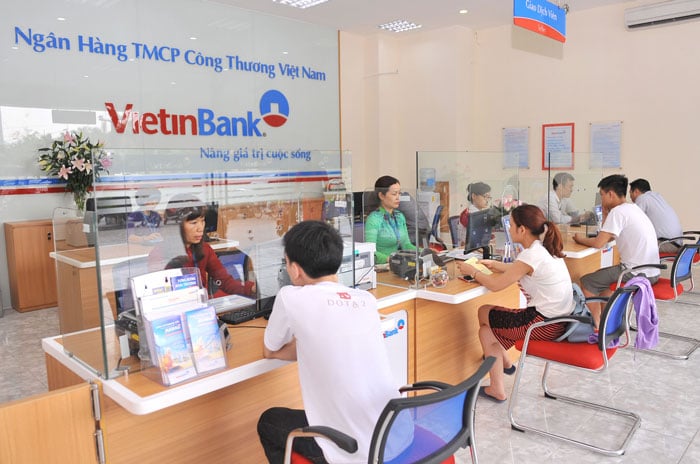 |
However, the bank is expected to face bad debt risks and rising credit costs, along with reduced income from trade finance and foreign exchange transactions, and will have to reduce lending rates to support customers in difficulty.
On the positive side, analysts say the government will introduce support measures to stimulate the economy - such as accelerating public investment and supporting interest rates. For banks, the government can also facilitate debt restructuring and provisioning so that banks have more room to support customers.
In addition, a weaker US dollar could ease some of the pressure on funding costs, thereby easing financial pressure on banks.
“In our initial assessment, banks with high exposure to export industries and FDI enterprises will be most affected by high counterpart tax rates. Consumer finance companies may also be negatively affected, as their core customer base – mass, low-income, and industrial workers – tends to be more vulnerable to economic shocks,” the report said.
According to experts, the 90-day suspension of reciprocal tariffs with most countries is a positive signal in the short term for Vietnam, allowing more time for trade negotiations. Accordingly, exports to the US market may improve in the short term, as importers accelerate orders not only for the back-to-school season but also for the year-end holiday season, except for orders that take more than 90 days to complete.
“In the current context, we believe that banks with high exposure to exports and FDI (state-owned commercial banks) may benefit somewhat in the short term and have more time to develop a medium-term strategy. In case the hoarding of goods continues during this period, we believe that banks’ estimated 2025 profits will not be significantly affected,” SSI Research commented.
However, in the long term, analysts say the outlook remains uncertain, with the impact expected to only begin in late 2025 or early 2026.
Although it is too early to predict, a more balanced shift in Vietnam’s growth drivers – from export-led growth, especially from FDI enterprises, to a more domestic-led economy (consumption, private investment and public investment) – could also reshape the competitive environment of the banking sector in the long term.
Meanwhile, Mr. Dinh Quang Hinh, Head of Macro and Market Strategy at VNDirect Securities Company, commented that VND may face further depreciation pressure against USD due to the withdrawal of foreign indirect capital (FII) and the slowdown of foreign direct investment (FDI). The State Bank of Vietnam (SBV) may need to apply more flexible exchange rate policies to support exports, which are under great pressure from tariffs.
Bad debt could increase as exporters face cash flow difficulties due to reduced export orders, weakening their ability to repay debt, Hinh said. Employment and wages in the manufacturing sector could also be affected, negatively impacting consumer credit. These issues need to be closely monitored, especially if trade tensions persist or escalate.
Source: https://baodautu.vn/tin-dung-khong-suy-giam-nho-cho-vay-ha-tang-tang-toc-song-rui-ro-no-xau-se-tang-d268164.html










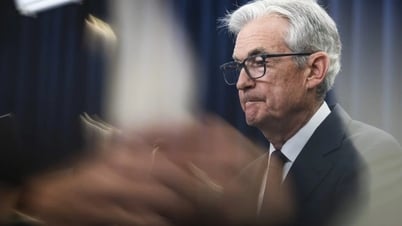



























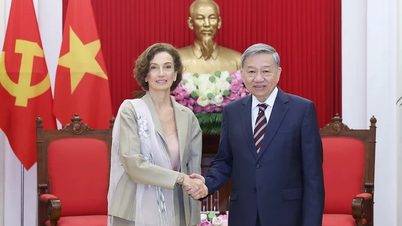




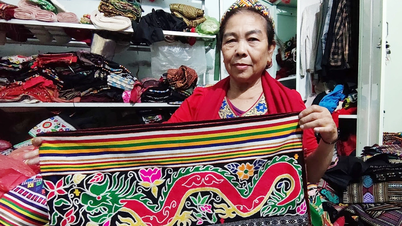


































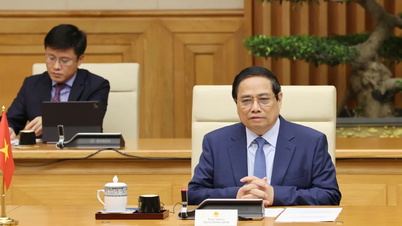
























Comment (0)